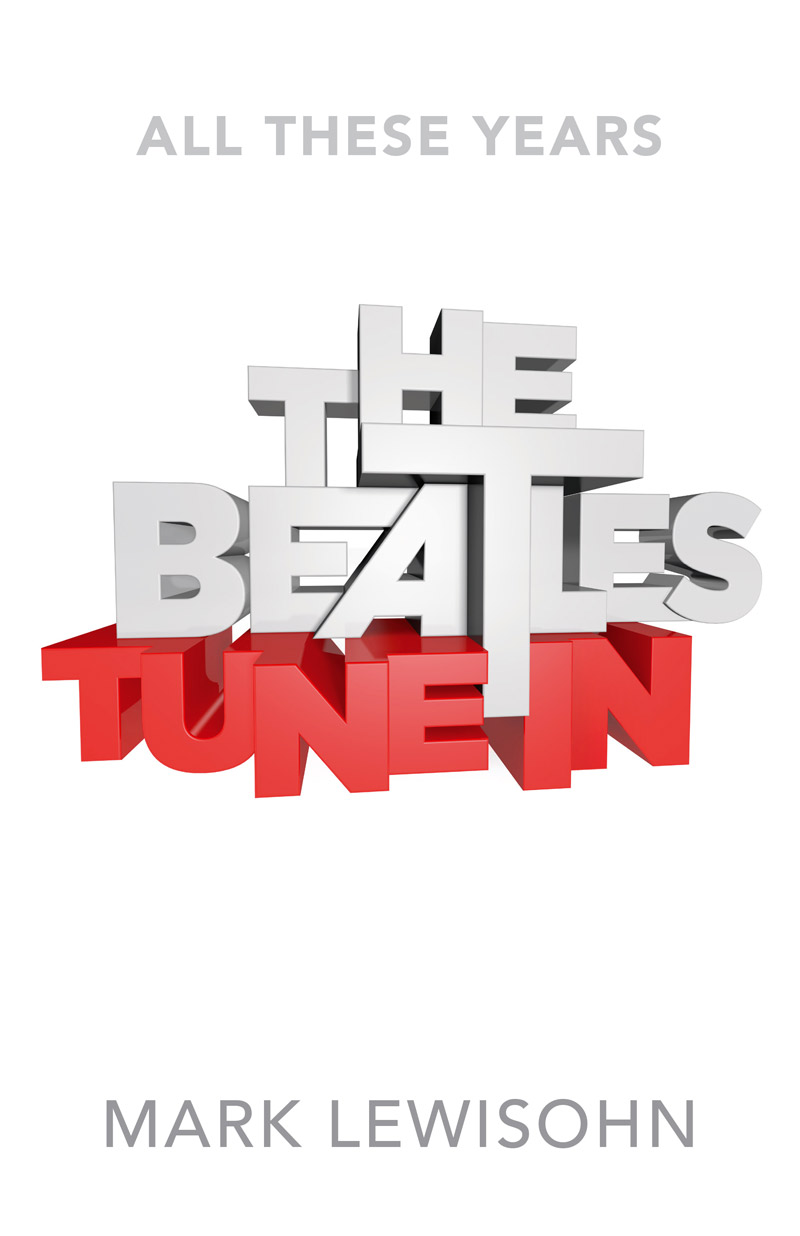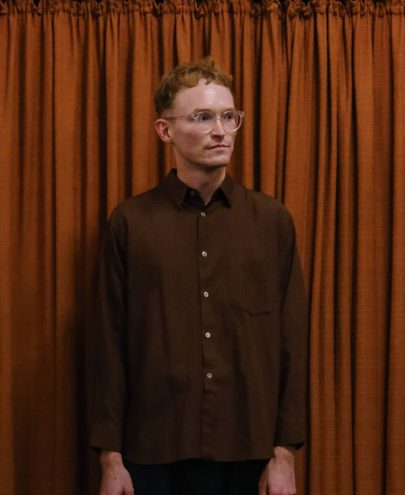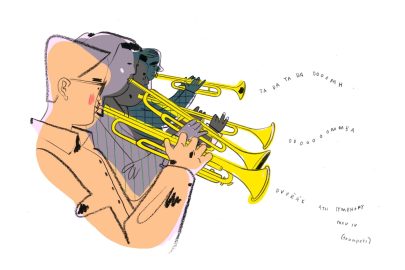Dec 16, 2013 Music

The Beatles: All These Years
Volume One: Tune In
by Mark Lewisohn (Little, Brown)
This first volume of Mark Lewisohn’s definitive history of The Beatles — abridged at 900 pages — ends with our heroes having just released their first single, “Love Me Do”, on the vertiginous cusp of Beatlemania. What came before feels unknown, exotic and racy.
A resource for fans and anyone with an interest in the culture wars, Lewisohn’s achievement is to treat The Beatles’ story with a comprehensiveness, rooted in verified documentation, normally accorded to academic treatments of classical composers.
A sober reference guide maybe, but it’s by honouring detail that the whole is revealed. The family sagas of Lennon, McCartney, Harrison and Starkey occur in a low-tide Liverpool — a city that once funnelled 40 per cent of global commerce, thoroughly dismantled by 80 days of Blitz, haemorrhaging wealth but not yet soul. The characters ebb and flow chaotically; Lennon’s dad Alf is even seen drunkenly pinching a bicycle in Wellington.
Lennon’s childhood in particular seems like a hysterical post-traumatic stress disorder microclimate, populated by The Goon Show, Ronald Searle, Brigitte Bardot, Lewis Carroll, cowboy films, his mum’s banjo — and eventually vinyl icons like Little Richard.
The book accumulates details that matter to musicians: who’s got an amplifier, how much are we getting paid, how do I get my bloody drums home on the bus, who’s that woman? It’s excellent too on the record business, especially as it traces the early years of manager Brian Epstein and producer George Martin — both in their own ways with tastes as subversive as John Lennon’s.
Lewisohn emphasises musical arrangements throughout (be sure to have your copy of The Beatles Complete Scores, Hal Leonard, 1989, close to hand).
When the masterful Ringo joins the band, the lumpen skiffle thud goes and the music stands up with urgency and lust. Their tunes may have been shoplifted from organic Americana, but when hammered into new shapes, they felt different — and within every harmonic risk taken, every drum wallop, every keening lyric, a particular kind of English subconscious was at play.
Even the choice of name — an obvious pun on beetle and beat — is instant surrealism, a barely noticeable double meaning. Plus The Beatles’ communal style placed them at the vanguard — intentionally or otherwise — which audiences wanted to join. There were no self-contained, self-directed “bands” before The Beatles, and the music business — perhaps even our whole cultural climate — was assembled in their wake.
Today the brain-dead music business cannot photocopy The Beatles’ faded treasure map anymore and is content with disappearing up its own backside. All These Years champions instead the extraordinary imaginations of Lennon’s neighbourhood gang. Imagine if they’d stuck with the name “Los Paranoias”.





